Equal Pay Day is an annual event that brings an ever-glaring chasm to the fore. The wide gap in question involves pay disparities between genders in the workplace.

Going by available data, for every dollar accruing to a male worker, his female colleague with similar proficiencies and qualifications earns $0.84.
Women Earning Lesser Than Men Is Not Acceptable
The National Women’s Law Center (NWLC) confirms the 1-to-0.84 dollar trend in the remuneration of men and women, respectively. The NWLC compiled this data by analyzing figures from the US Census Bureau.
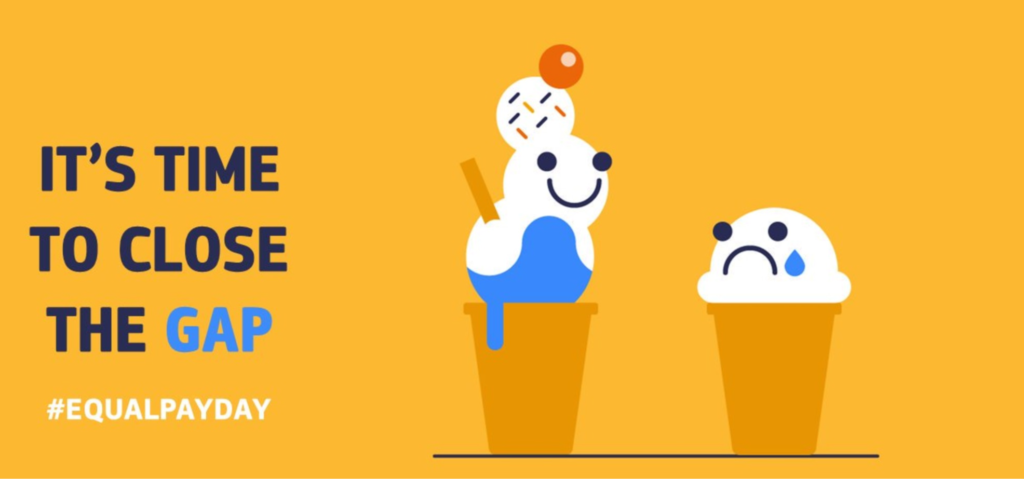
However, many may be quick to rationalize that the difference is insignificant, with $1 as the reference point.
The Noise From the Grinding Wheel of Time
Interestingly, when the perspective of this same comparison is changed by scaling up the 1-to-0.84 dollar disparity to seven figures of annual earnings, it is easy to notice how significant that difference in pay can be.

This is exactly the sentiment expressed by Jasmine Tucker, the vice president of research at NWLC. She said, “When you look at the cent number, it looks like it’s small.”
The Wage Gap Should Not Exist!
However, to drive home her point, Tucker shared that she strongly feels the slight difference in inter-gender pay does not justify its existence.
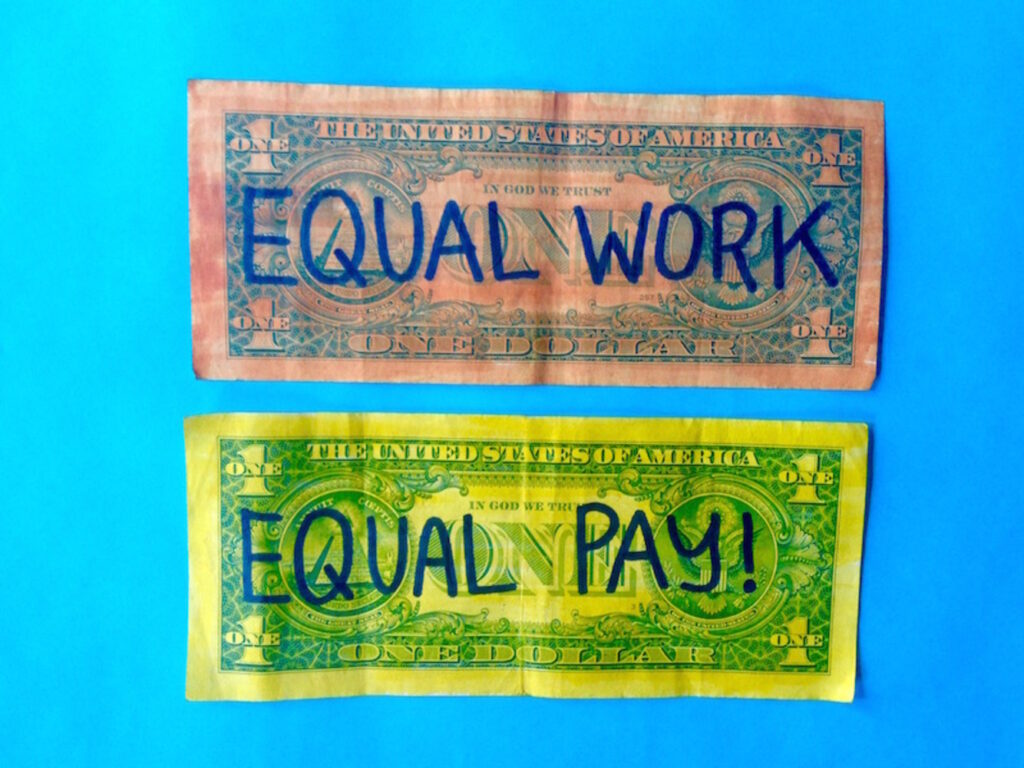
It is like affirming that child abuse is permissible so far as the culprit pays the victim a token for the inconvenience. According to equal pay advocates, the pay disparity should not exist in the first place.
Commemorating an Ever-widening Chasm
In 2024, March 12 was symbolically chosen to commemorate Equal Pay Day because it is a rough estimate of how far into the new year a female worker has to work to meet up with the annual income of their male colleagues.
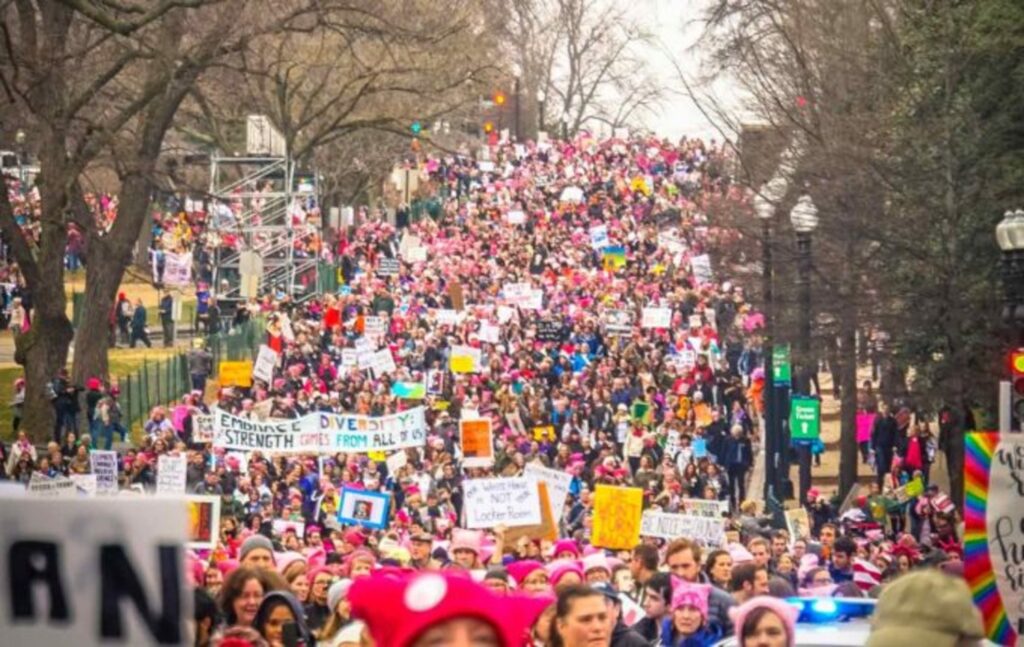
By implication, a female worker is short-changed almost a quarter year of her work life in the guise of gender-based pay disparity.
The National Women’s Law Center Blows the Trumpet
Unfortunately, the wage gap seems to be growing wider with each passing year. Working with the prevalent averages of gender-specific wages made available by the US Census Bureau, the pay difference appears to be at an all-time high.
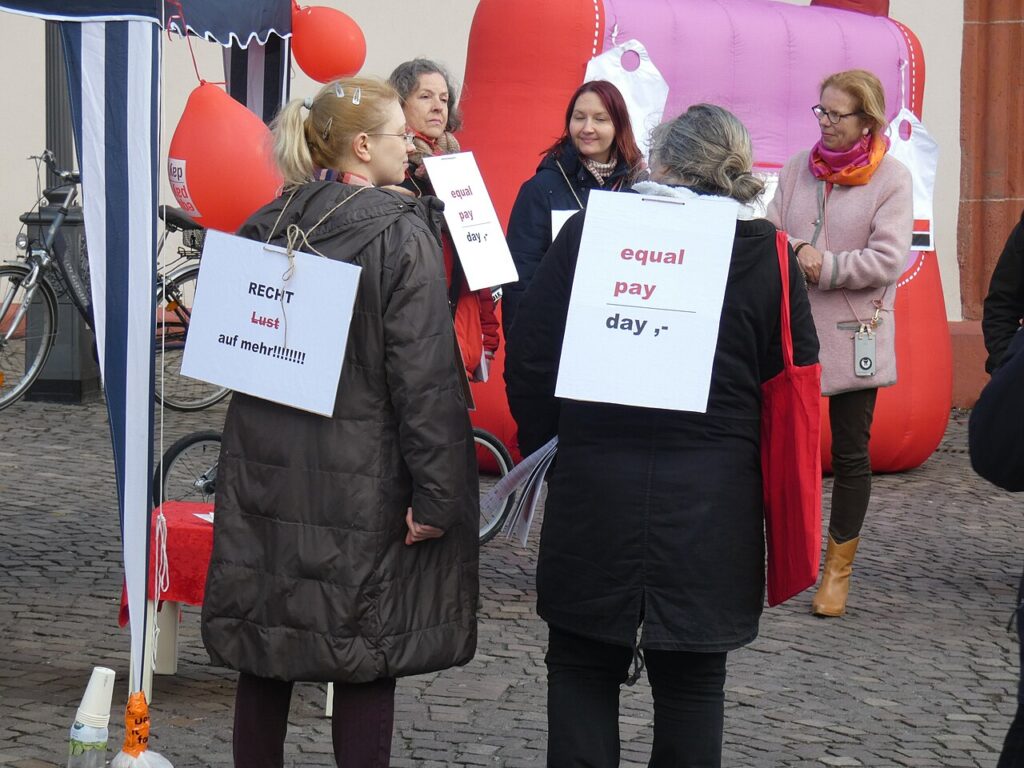
According to an analysis of data about gender-specific wages by NWLC, a woman may lose about $399,600 throughout a 40-year career.
The Double Whammy of Gender and Race
The earlier cited pay gap of $399,600 applies to Caucasian working women. When the racial variable is added to the mix, the pay gap grows multiplefold.
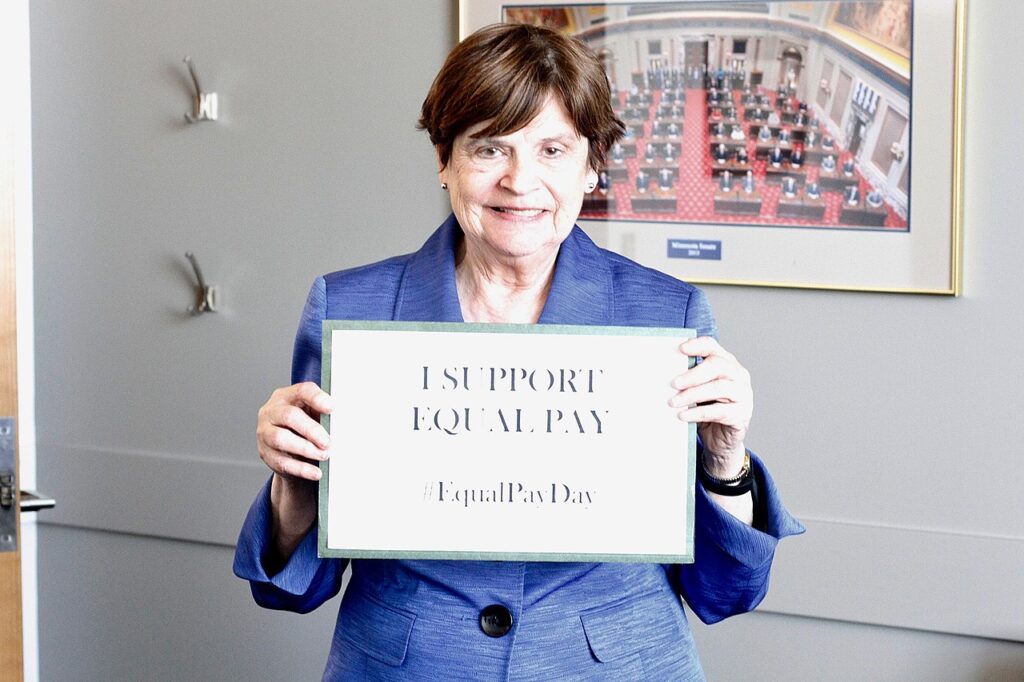
Equal pay advocates have long harped that gender seems to be a worse handicap for female workers than race. Why? It is suggested that male workers of discriminated races fare slightly better than even Caucasian females.
Black and Latina Women Are at a Disadvantage
The analysis by NWLC estimates that the average black woman would lose $884,800 during 40 years of work, thanks to the gender wage gap.

Likewise, Latina women will have to forgo as much as $1,218,000 of their hard-earned emolument because the system doesn’t find them deserving of the same pay as the white Caucasian male worker.
Working for a Lifetime and Having Little to Show
A more revealing illustration of how much loss the wage gap inflicts on Latina women is an estimation of their years of service.

The numbers suggest that Latina women would have to work 20 or 30 more years to level up with the lifetime income of a non-Hispanic male who retired at 60. Of course, hardly any corporate body would employ an 80 or 90-year-old female Latina worker.
Why Does This Disparity Linger?
By implication, Latina women end up incurring a lifetime loss due to the wage gap, well in excess of $1 million.

The Pew Research Center has struggled to pinpoint the reason(s) why efforts to narrow the wage gap seem futile. However, the Center has pinpointed some culpable gray areas. One is the high tendency of more women to end up in low-paying industries.
Women Seldom Have a Chance for High-paying Roles
Likewise, there’s the ‘motherhood penalty’ that leaves women forfeiting hours of productive work for caretaking responsibilities.
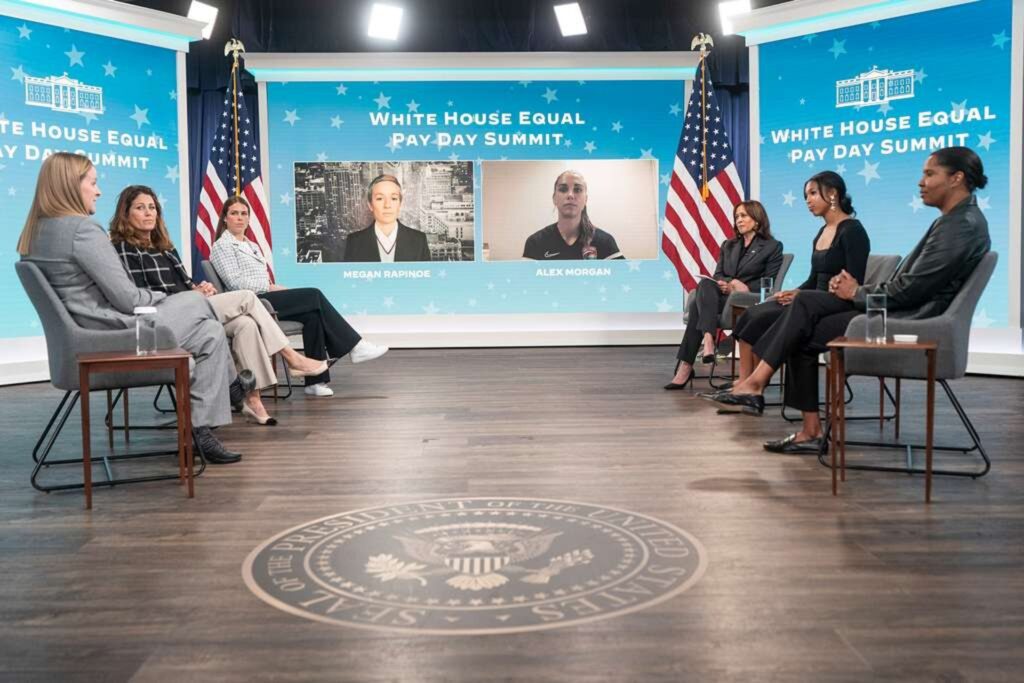
In some industries, women suffer wage loss when they go on pregnancy leave. Beyond gender, women of color are even less likely to snatch high-paying roles. Even when they get accepted to such high-paying roles, there is no assurance of commensurate pay.
Being a Woman Is Almost Synonymous to a Handicap in the Corporate World
According to Ofronama Biu, a principal research associate at the Urban Institute, “Even when Black women are in the same (high-paying) roles, they are paid less.”

Beyond commensurate pay, women are more likely to be denied their due benefits. Many working women don’t have access to benefits like health care, paid time off, or even basic retirement accounts.
Where Do We Go From Here?
From the way Tucker sees it, there is no one-size-fits-all solution to the wage gap dilemma. However, research has shown that the recent spike in municipal and state legislation in favor of pay transparency will likely improve the situation.
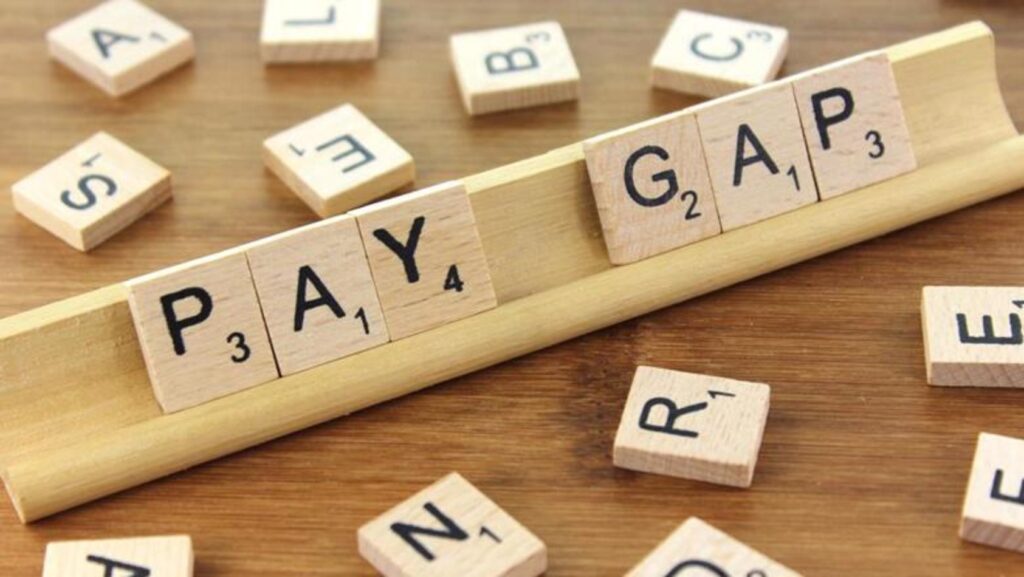
These pay transparency laws are expected to spur pay equity irrespective of workers’ gender or race.
Employers of Labor Need Some Introspection
Tucker also affirmed that no labor employer should wait for the gladhanding of some local law before they start doing good for their workers.

“Employers need to take a hard look at what’s happening within their walls and take action to remedy it,” declares Tucker. The corporate leadership of the concerned organizations plays a pivotal role in such a paradigm shift.
Women Should Be Proactive With Opportunities To Drive Equal Pay Conversations
Lauren Sanfilippo, senior investment strategist at Bank of America, suggests that the organization is not solely responsible for implementing the necessary wage changes.
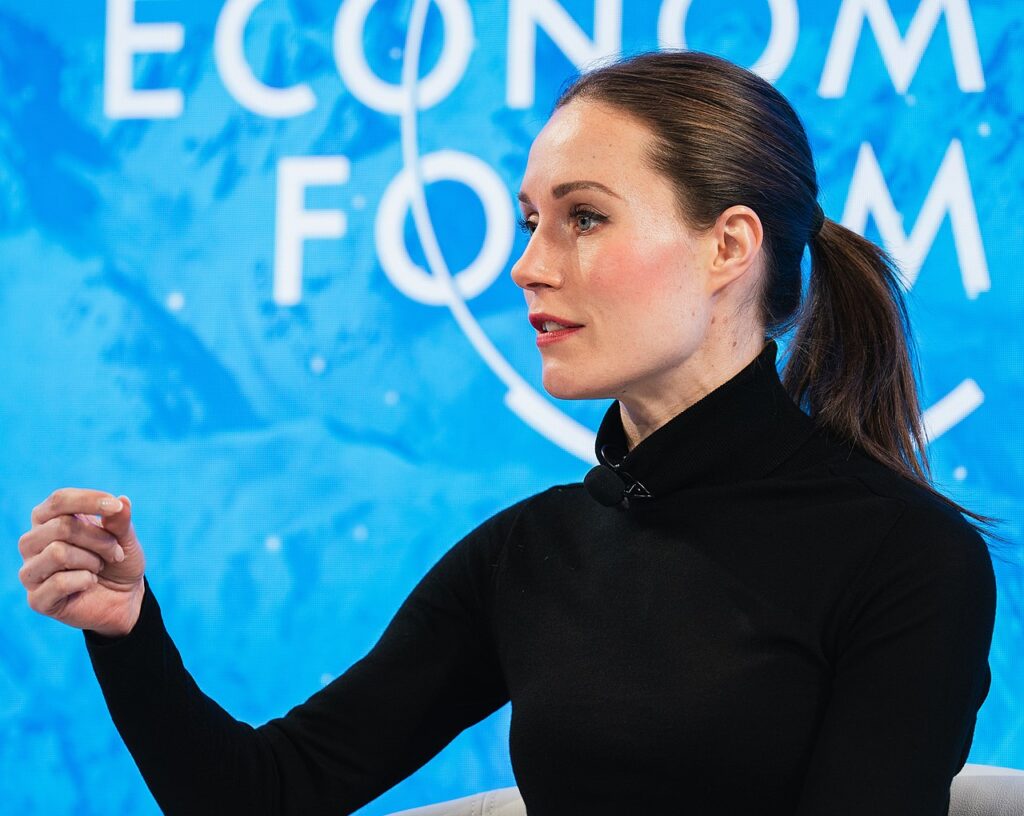
Sanfilippo affirms that women need to continually juxtapose their organizational contributions and pay for the best workplace offers for those services. If you’re offering your best and getting results, use the available organizational mechanisms to make your employer compensate accordingly.

